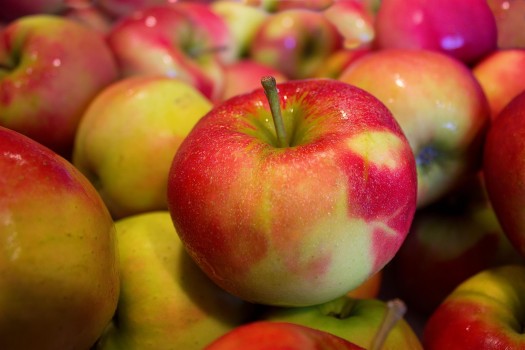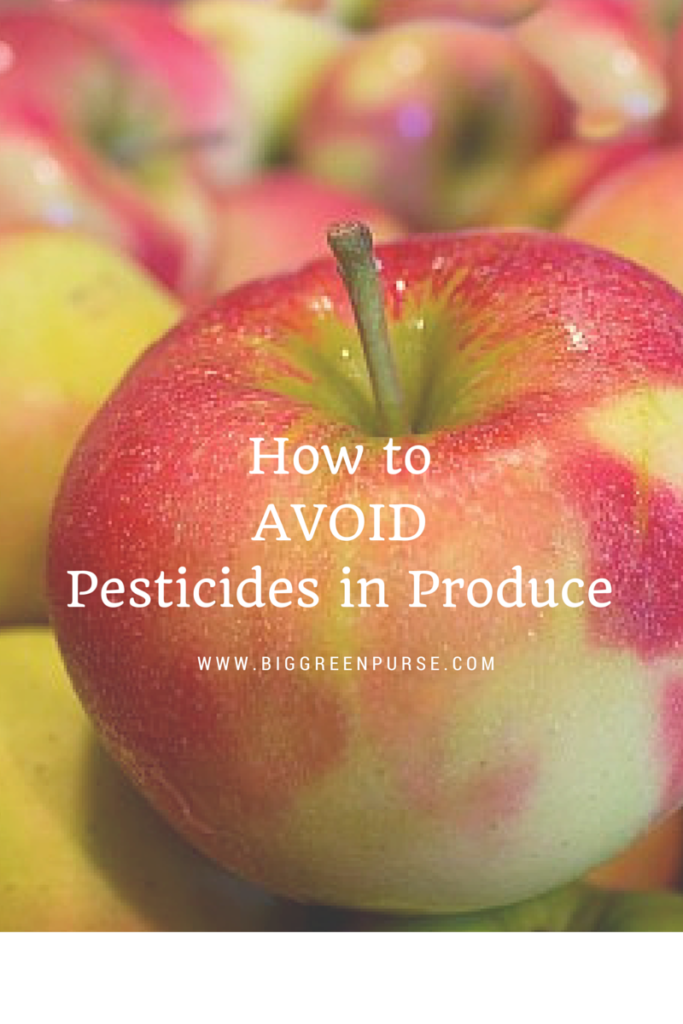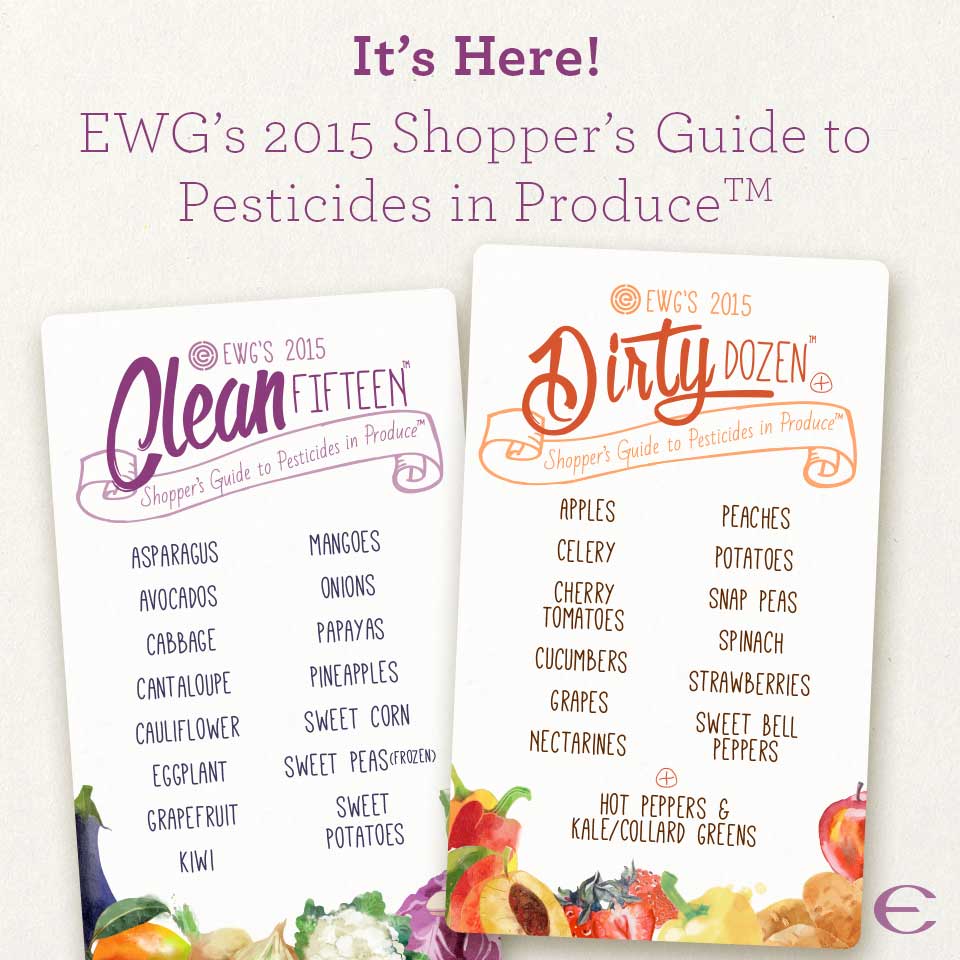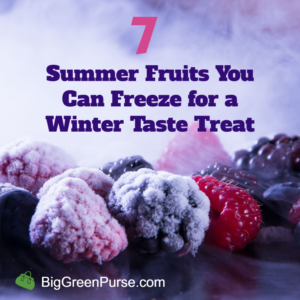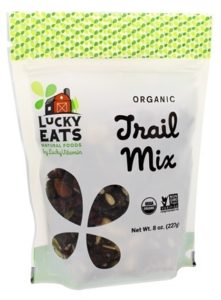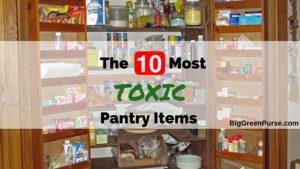 Why Worry About Pesticides in Produce?
Why Worry About Pesticides in Produce?
If you’d rather not eat pesticides in produce, take a look at this Shopper’s Guide prepared by Environmental Working Group (EWG). The Dirty Dozen part of the guide lists the 12 (plus 2) fruits and vegetables that contain the most pesticide residue. The Clean Fifteen lists the produce that is least contaminated.
Apples that are grown conventionally, meaning the trees and blossoms and early fruit may be sprayed with toxic chemicals, have the highest amount of pesticide residue, with peaches and nectarines following close by. The analysis was done by EWG scientists on samples tested by the U.S. Department of Agriculture (USDA). According to EWG, USDA tests found a total of 165 different pesticides on thousands of fruit and vegetable samples examined in 2013.
The Dirty Dozen list makes clear that, if you are going to shift your spending to organic food to protect yourself and your family as well as the planet, start with the fruits and vegetables that are the most contaminated. The good news is that, in addition to the Clean Fifteen, there is a lot of organic produce to choose from.
If you’re worried you can’t afford to buy organic, follow our guide to affordable organic eating here.


